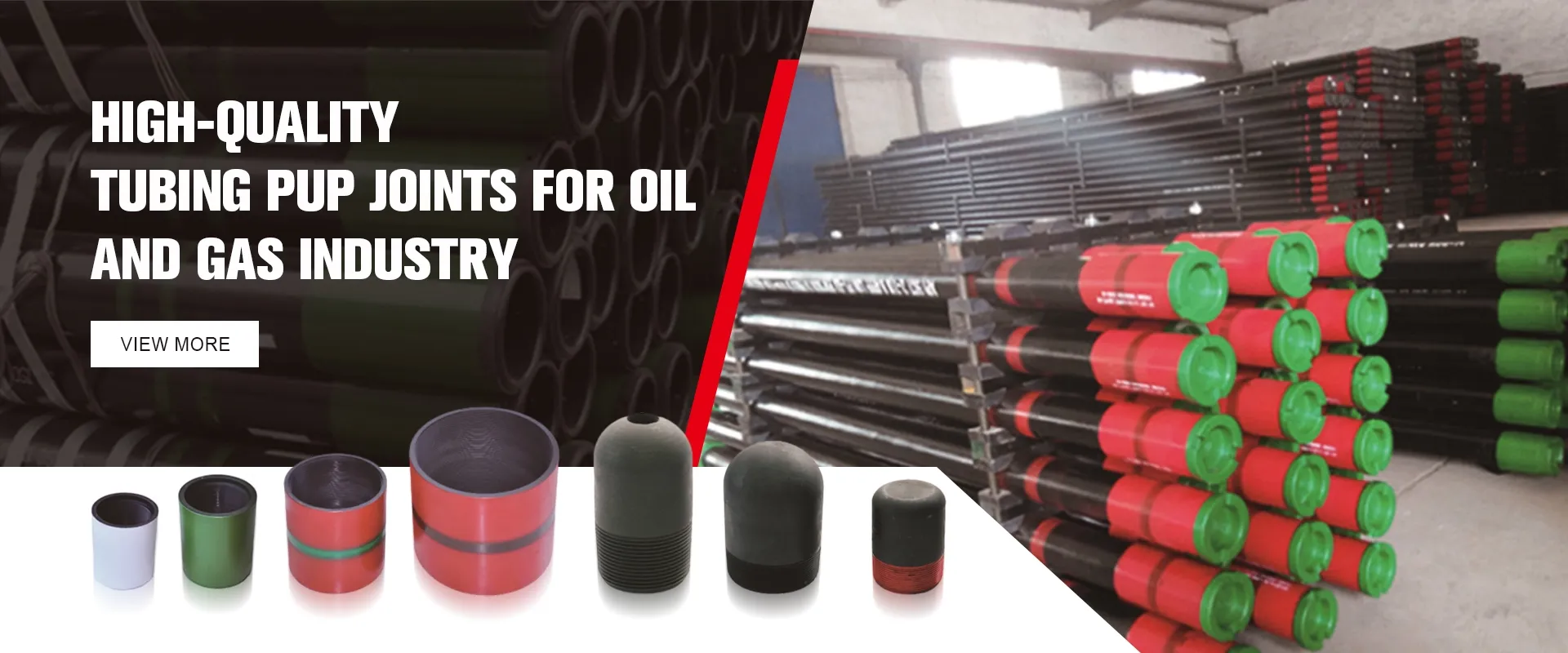- Afrikaans
- Albanian
- Amharic
- Arabic
- Armenian
- Azerbaijani
- Basque
- Belarusian
- Bengali
- Bosnian
- Bulgarian
- Catalan
- Cebuano
- Corsican
- Croatian
- Czech
- Danish
- Dutch
- English
- Esperanto
- Estonian
- Finnish
- French
- Frisian
- Galician
- Georgian
- German
- Greek
- Gujarati
- Haitian Creole
- hausa
- hawaiian
- Hebrew
- Hindi
- Miao
- Hungarian
- Icelandic
- igbo
- Indonesian
- irish
- Italian
- Japanese
- Javanese
- Kannada
- kazakh
- Khmer
- Rwandese
- Korean
- Kurdish
- Kyrgyz
- Lao
- Latin
- Latvian
- Lithuanian
- Luxembourgish
- Macedonian
- Malgashi
- Malay
- Malayalam
- Maltese
- Maori
- Marathi
- Mongolian
- Myanmar
- Nepali
- Norwegian
- Norwegian
- Occitan
- Pashto
- Persian
- Polish
- Portuguese
- Punjabi
- Romanian
- Russian
- Samoan
- Scottish Gaelic
- Serbian
- Sesotho
- Shona
- Sindhi
- Sinhala
- Slovak
- Slovenian
- Somali
- Spanish
- Sundanese
- Swahili
- Swedish
- Tagalog
- Tajik
- Tamil
- Tatar
- Telugu
- Thai
- Turkish
- Turkmen
- Ukrainian
- Urdu
- Uighur
- Uzbek
- Vietnamese
- Welsh
- Bantu
- Yiddish
- Yoruba
- Zulu
Understanding the Importance of Well Casing in Oil and Gas Operations
The Importance of Coupling in Casing An In-Depth Analysis
In the realm of engineering and construction, particularly within the oil and gas sector, the coupling of casing—a fundamental structural element—plays a pivotal role in ensuring the integrity and efficiency of drilling operations. Casing, a series of pipes put in place during the drilling process, serves as a protective barrier that helps to stabilize the borehole and prevent the influx of fluids from surrounding formations. Coupling, on the other hand, refers to the mechanism used to connect these casing pipes together, ensuring that they can withstand the extreme conditions encountered deep underground.
Understanding Casing and Its Purpose
Casing is crucial in the drilling process for several reasons. Firstly, it protects groundwater and other resources from contamination by isolating them from the drilling fluids and hydrocarbons that are being extracted. Secondly, it provides structural support to the borehole, preventing collapse under the immense pressure exerted by surrounding rock formations. Moreover, casing allows for the safe transportation of oil and gas to the surface, facilitating efficient extraction and minimizing environmental risks.
The casing itself is typically made from steel or plastic, depending on the specific requirements of the drilling operation. The type of casing chosen is heavily influenced by factors such as the depth of the well, the geological conditions, and the type of hydrocarbons being extracted. However, regardless of the material used, the integrity of the casing relies heavily on the effectiveness of its coupling.
The Role of Coupling
Coupling can be understood as the crucial link that binds individual casing pipes together. Proper coupling is imperative for several reasons
1. Mechanical Integrity Casing pipes are subject to high pressures and temperatures. Effective coupling ensures that these pipes can withstand such conditions without leaking or failing. If the connections between pipes are weak or poorly fabricated, the entire casing system can be compromised, leading to potential blowouts or leaks that may result in catastrophic environmental damage.
coupling casing

2. Ease of Installation Proper coupling mechanisms facilitate easier installation of casing, allowing for a more efficient drilling process. Advanced coupling designs can feature innovative locking mechanisms that simplify assembly while enhancing mechanical strength, thus reducing the time and labor costs associated with installation.
3. Versatility Different geological formations require different types of casing and coupling solutions. The development of adjustable and versatile coupling designs allows operators to adapt quickly to changing conditions, ensuring consistent performance across various environments.
4. Reduced Downtime If there are issues with the coupling, it can lead to unexpected downtime, significantly impacting operational efficiency and costs. Reliable coupling systems minimize the risk of failure, thereby enhancing the overall productivity of drilling operations.
Advancements in Coupling Technology
With the continuous evolution of drilling technology, coupling systems have also witnessed significant advancements. The introduction of threaded connections, welded joints, and even advanced materials that offer higher resistance to corrosion and fatigue are just a few examples. Moreover, the integration of smart technology allows for real-time monitoring of casing integrity, enabling engineers to detect potential issues before they escalate into serious problems.
Furthermore, manufacturers are increasingly focusing on sustainability, developing eco-friendly coupling materials that reduce environmental impact while maintaining performance. This is particularly crucial in an era where the oil and gas industry faces increasing scrutiny over its environmental practices.
Conclusion
In conclusion, coupling is a fundamental aspect of casing in the oil and gas drilling process, integral to maintaining the safety, efficiency, and sustainability of operations. As the industry continues to evolve, so too will coupling technologies, adapting to meet the demands of a changing landscape. By investing in advanced coupling solutions, companies not only protect their investments but also contribute to a safer and more environmentally responsible extraction process. As we look to the future, the emphasis on robust, innovative coupling systems will remain critical in overcoming the challenges posed by deeper and more complex drilling environments.
-
Tubing Pup Joints: Essential Components for Oil and Gas OperationsNewsJul.10,2025
-
Pup Joints: Essential Components for Reliable Drilling OperationsNewsJul.10,2025
-
Pipe Couplings: Connecting Your World EfficientlyNewsJul.10,2025
-
Mastering Oilfield Operations with Quality Tubing and CasingNewsJul.10,2025
-
High-Quality Casing Couplings for Every NeedNewsJul.10,2025
-
Boost Your Drilling Efficiency with Premium Crossover Tools & Seating NipplesNewsJul.10,2025







